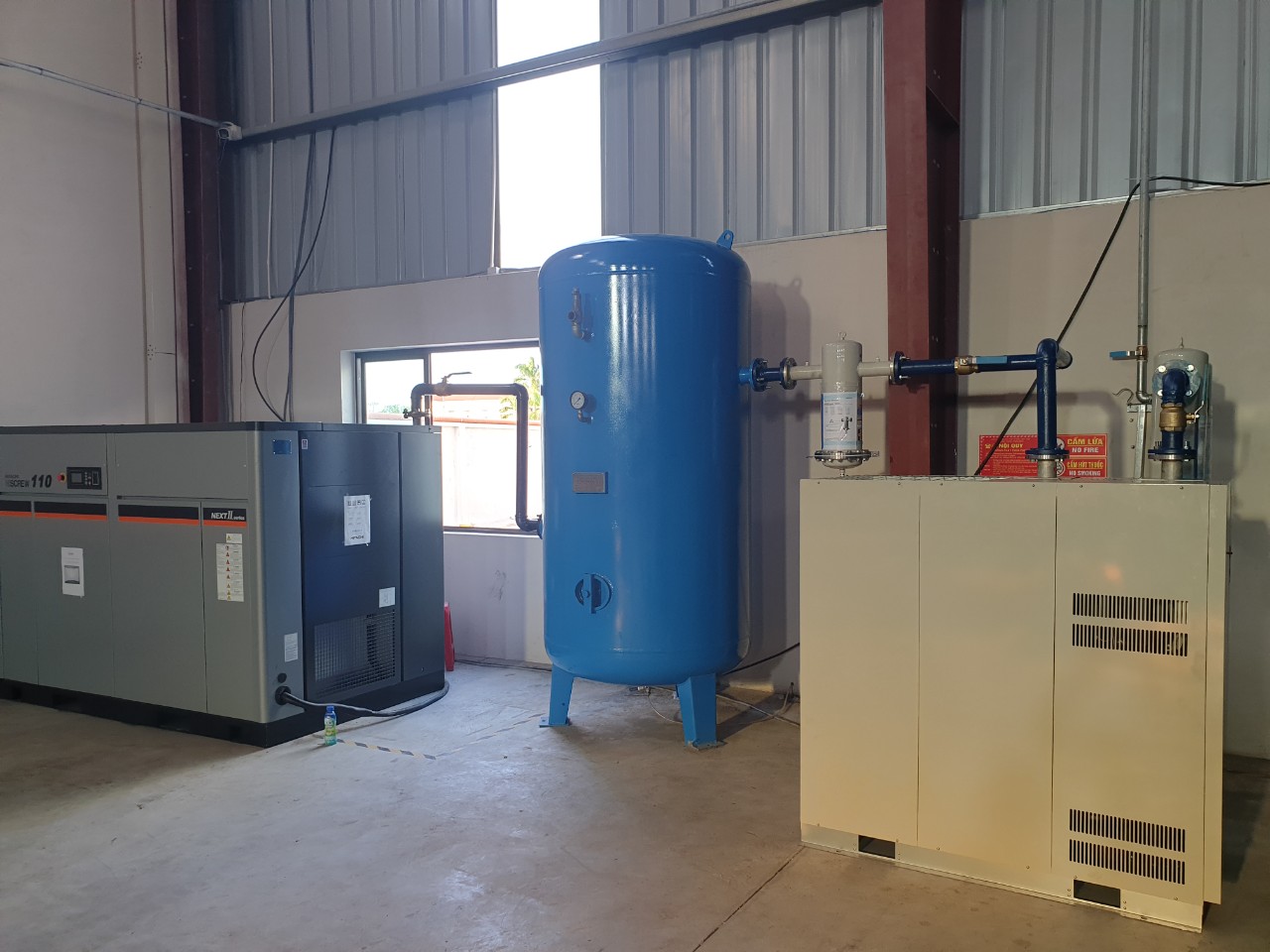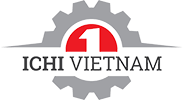
1. Receiving Rental Request
– Record detailed information about the rental request from the customer, including rental duration and specific technical requirements.
2. Selecting a Suitable Compressor
– Identify an air compressor that matches the customer’s needs and technical requirements.
– Advise the customer on available compressor options suitable for their project.
3. Site Survey and Installation Planning
– Conduct a site survey to assess installation conditions and requirements.
– Develop an installation plan based on technical specifications and the customer’s specific needs.
4. Installation According to Design Plan
– Prepare the site and necessary tools for installation.
– Install the air compressor as per the design plan, ensuring compliance with safety and performance standards.
5. Operation and System Testing
– Start up and operate the air compressor to ensure stable performance.
– Check pressure, airflow, and other technical parameters to confirm the system meets the required performance.
6. Handover of the Air Compressor
– Notify the customer upon completion of installation and testing.
– Provide guidance on machine operation and basic maintenance procedures.
– Complete handover procedures and provide all relevant documentation.
7. Monitoring and Support
– Set up a monitoring system to track compressor performance.
– Provide technical support and resolve issues promptly if any arise.
8. Equipment Retrieval and Evaluation
– Retrieve the air compressor after the rental period ends or upon the customer’s request.
– Evaluate the machine’s performance, record usage information, and provide improvement recommendations if necessary.
This process ensures that rented air compressors are selected and installed correctly, operate reliably, and fully meet customer requirements.



